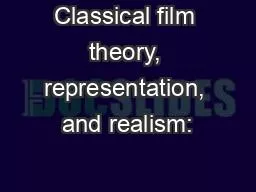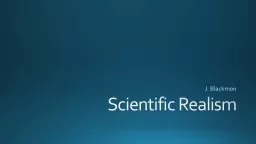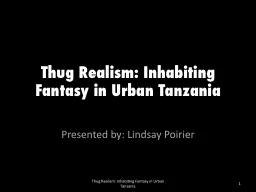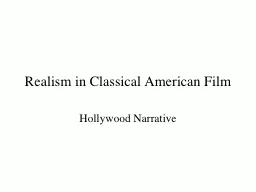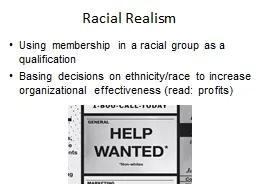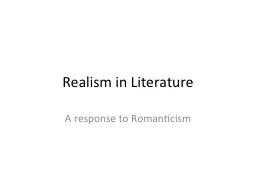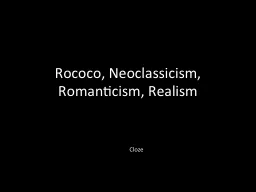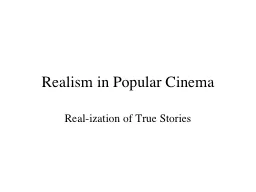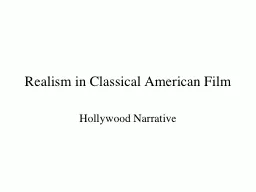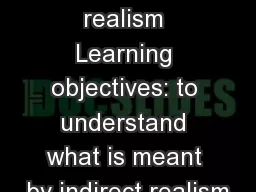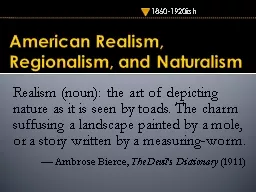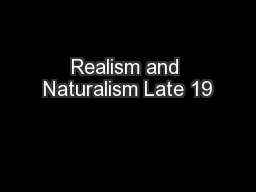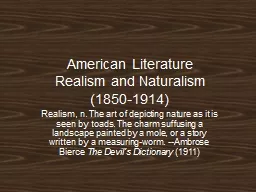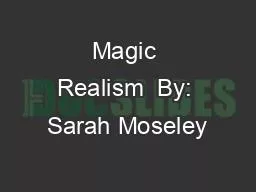PPT-Classical film theory, representation, and realism:
Author : garboardcola | Published Date : 2020-06-26
BAZIN AND TARKOVSKY PHL 317K Spring 2018 CLASSICAL FILM THEORY 1898 1948 Sergei Eisenstein Rudolf Arnheim 1904 2007 1918 1958 Andrei Bazin Andrei Tarkovsky
Presentation Embed Code
Download Presentation
Download Presentation The PPT/PDF document "Classical film theory, representation, a..." is the property of its rightful owner. Permission is granted to download and print the materials on this website for personal, non-commercial use only, and to display it on your personal computer provided you do not modify the materials and that you retain all copyright notices contained in the materials. By downloading content from our website, you accept the terms of this agreement.
Classical film theory, representation, and realism:: Transcript
Download Rules Of Document
"Classical film theory, representation, and realism:"The content belongs to its owner. You may download and print it for personal use, without modification, and keep all copyright notices. By downloading, you agree to these terms.
Related Documents

